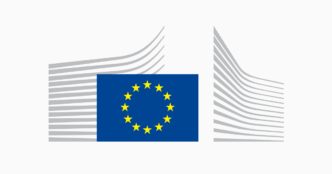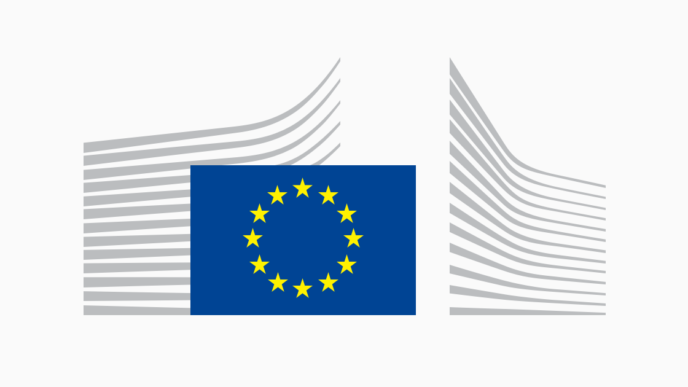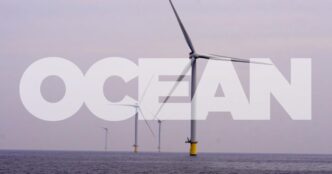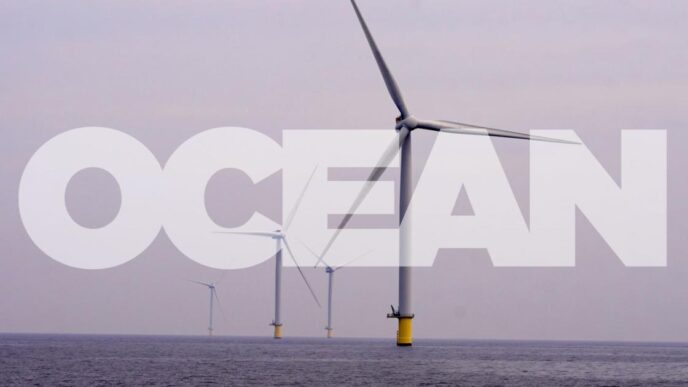The Commission has presented today a Guidance document on anticipatory investments for developing forward-looking electricity networks. With an estimated €730 billion for distribution and €477 billion for transmission grid developments needed by 2040, the document addresses EU countries, national regulatory authorities, as well as transmission and distribution system operators. It offers guidance to help them create the right conditions so that grid investments reflect future needs, while also ensuring affordability for consumers and the competitiveness of industry. This initiative follows on from the 2023 EU Action Plan for Grids and the Action Plan for Affordable Energy.
Anticipatory investments address network development needs beyond the ones related to existing grid connection requests by generation or demand projects. They should be based on the medium and long-term needs identified in the network development plans both at national and EU level. They should also support achieving EU energy and climate goals.
Concrete examples include grid reinforcements, cost-limited preparatory works for enlarging substations or adding spare cable tubes in view of future capacity increases. This could, in particular, further facilitate the roll-out of renewable acceleration areas or offshore development areas.
Today’s guidance puts forward concrete recommendations in 3 main areas: network planning, regulatory scrutiny and costs and incentives.
Network planning should be based on robust scenarios of future demand and generation taking account of energy and climate strategies, including National Energy and Climate Plans. Planning periods should be sufficiently long and stakeholders should be included in the early phases of the process, to duly capture future needs. National Regulatory Authorities should be equipped with sufficient expertise and staff to evaluate the network development plans, including at distribution level, and decide on granting incentives for such investments. They need to ensure the regulatory framework is stable and balanced for project promoters and final customers.
For anticipatory investments, clear allocation of risk related to future utilisation of the asset should be set up well in advance. In addition, a 2 step approval process for accelerating grid projects while minimising risk and costs could be considered, which cover: i) design and permitting, and ii) construction. Once assets are approved, their remuneration should not be retroactively questioned, for instance, if the initial utilisation rate of the given asset lower than foreseen.
With regard to network tariffs and connection charges, the guidance notes that charges which reflect not only existing grid capacity but also planned investment, may consequently attract new generation and loads to locations where the grid is ready or will be ready in the foreseeable future. Finally, the document suggests that the use of State guarantees or public budget to cover the additional costs resulting from measures to accelerate decarbonisation and market integration, including for anticipatory investments, could be considered in compliance with the regulatory framework and state aid rules.
Next steps
EU countries and National Regulatory Authorities are invited to consider this guidance when designing national frameworks for network planning, connection charges and network tariffs, as well as regulatory cost approval. The Commission stands ready to support them in their efforts.
To further strengthen network planning, in line with the Action Plan for Affordable Energy, the European Commission will put forward the European Grids Package by the end of 2025. The related public consultation is already open and runs until 5 August 2025.
Background
Europe is currently facing significant delays in grid development, leading to increasing connection times, and thereby slowing down EU efforts to decarbonise the economy. To address this, the 2024 Electricity market design reform included anticipatory investment in the EU regulatory framework. Under the EU internal market rules for electricity, tariff methodologies should provide appropriate incentives over both a short and medium/long-term perspective, including for anticipatory investment, and related costs should be acknowledged by the regulatory framework. Action 4 of the 2023 EU Action Plan for Grids further elaborated on the importance of providing such incentives and mandated the Commission to propose a guidance document elaborating on conditions for the possible approval of anticipatory investments.
To this aim, the Commission organised discussion at 2 editions of the Copenhagen Infrastructure Forum, as well as 2 targeted stakeholder consultations and 2 hybrid workshops in Brussels. In the spring of 2024, the EU Agency for the Cooperation of Energy Regulators (ACER) and the Council of European Energy Regulators (CEER) presented their opinion, which fed into discussion with stakeholders and National Regulatory Authorities.














